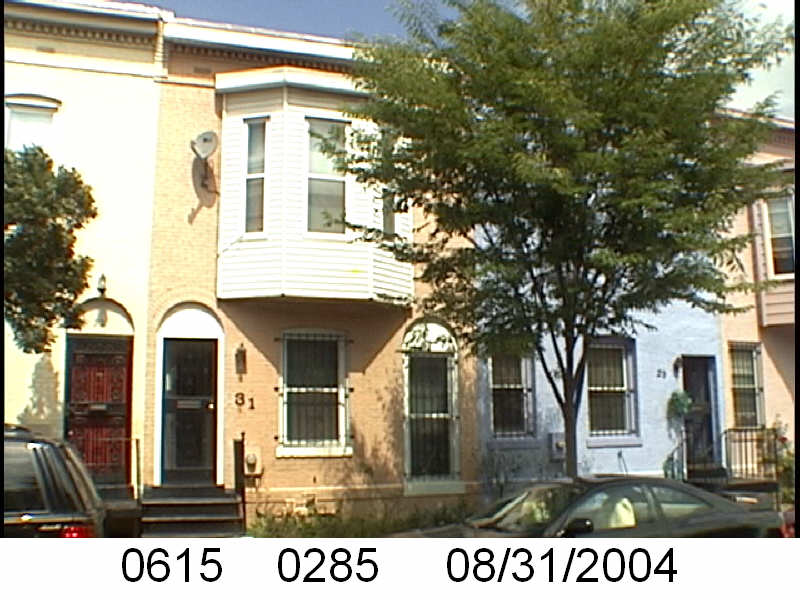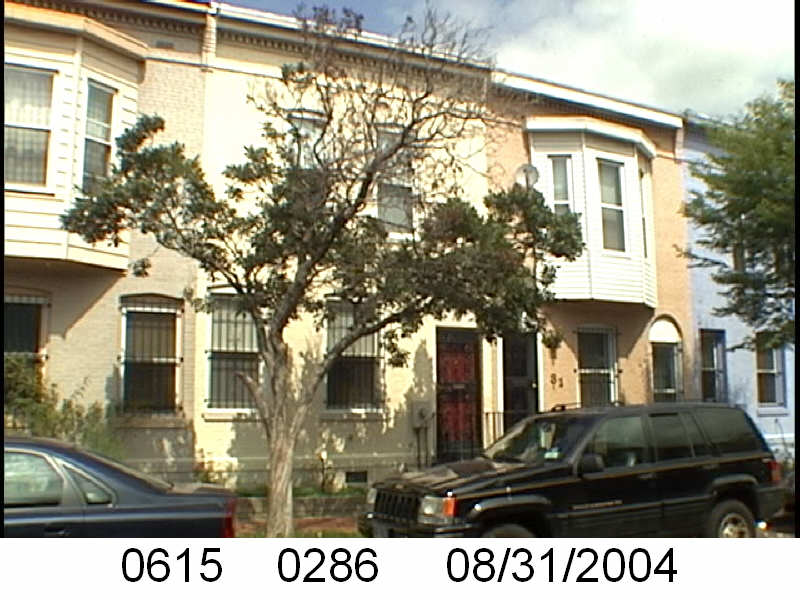Feeling a bit under the weather so the posts are going to slow down a bit.
In an earlier post, WSIC- 1930s Ownership of Sq. 615, I wrote: “… the Washington Sanitary Improvement Company owned the following lots on Sq. 615 (bounded by North Cap, Q St, 1st St and P St NW): 65-66, 134-140, 170-179, 195-207, and 236-265.”
In a previous post I specifically looked at 31 and 33 Bates Street, part of 31- 43 Bates St NW, lots 134-140, now lots 285-291.
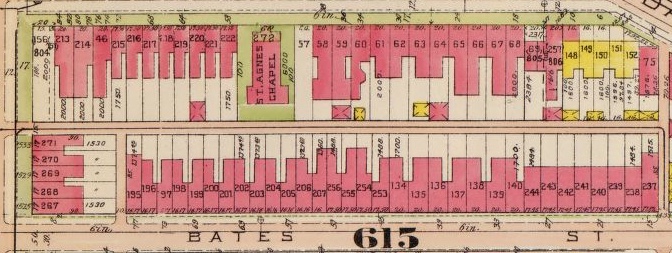 The Washington Sanitary Improvement Company owned the whole of the odd side of Bates Street, NW. And visually, for a bit, they had the 2nd story bay window, then no bay, then bay pattern, starting at 15 Bates to 37 Bates St NW. But 37 and neighboring 35 Bates St. NW are bay-less.
The Washington Sanitary Improvement Company owned the whole of the odd side of Bates Street, NW. And visually, for a bit, they had the 2nd story bay window, then no bay, then bay pattern, starting at 15 Bates to 37 Bates St NW. But 37 and neighboring 35 Bates St. NW are bay-less.
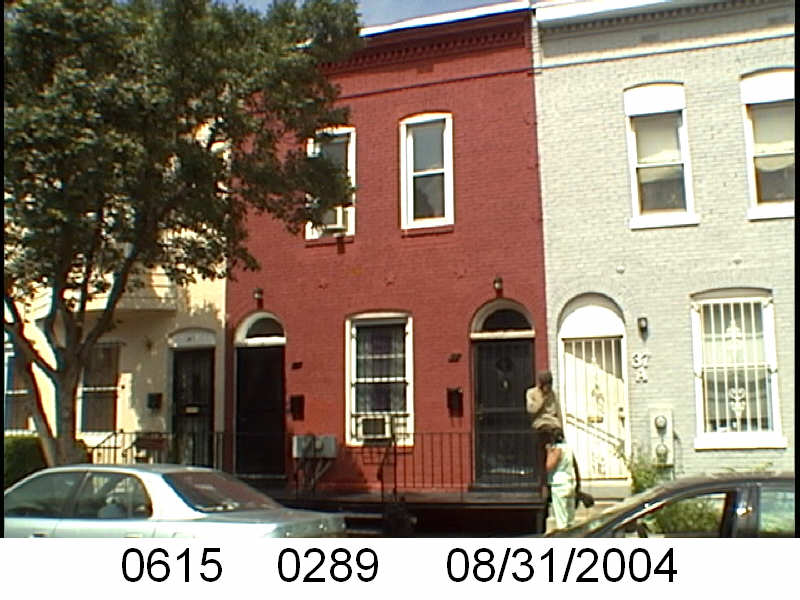
It begins to look like the bay-no-bay pattern will restart with 39-45 Bates St, but then there are a row of the distinctive Truxton Circle 2nd floor bay windows.
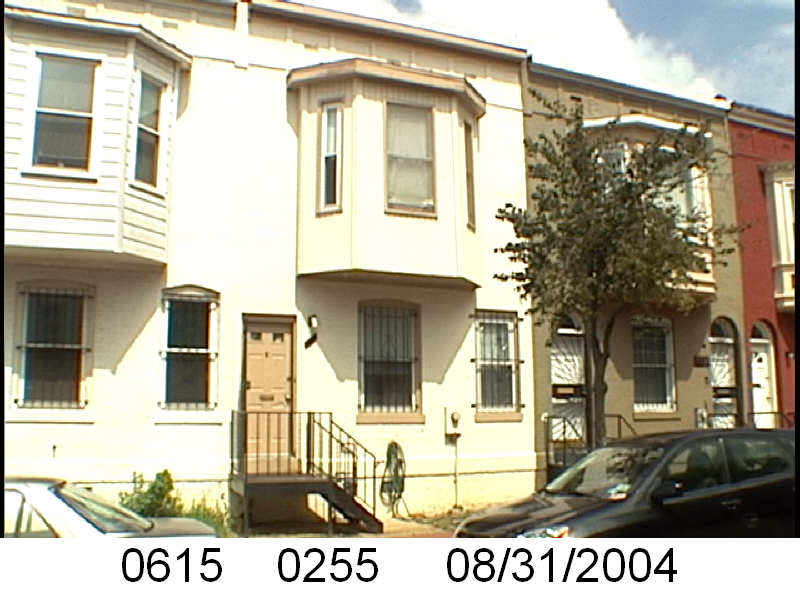
From 55-65 Bates St NW, it goes back to the bay, no bay, bay pattern. Addresses 65-67 Bates NW are bayless together, and then the pattern restarts.
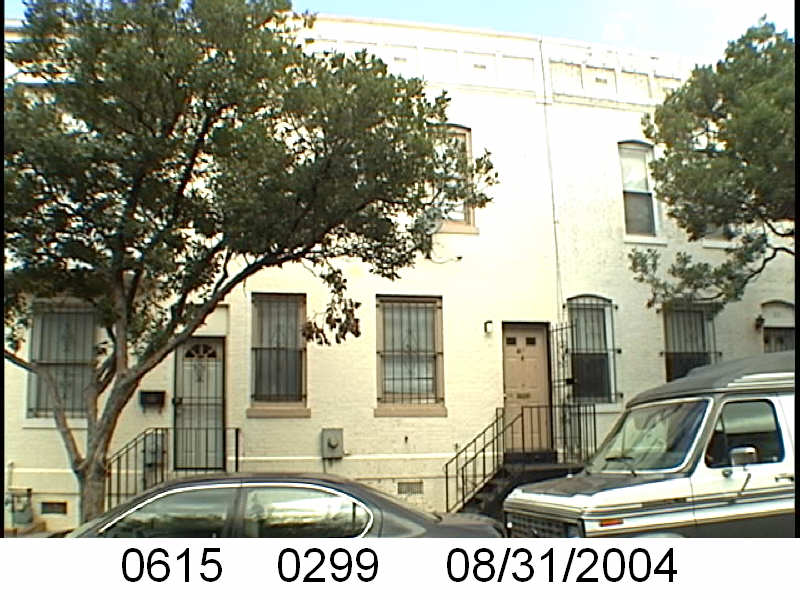
The even side of the unit block of Bates is just as inconsistent. Just a little less so. It starts off with bay, no bay, then bay and keeps it up until 52-54 Bates Street with neighboring bay-less windows.
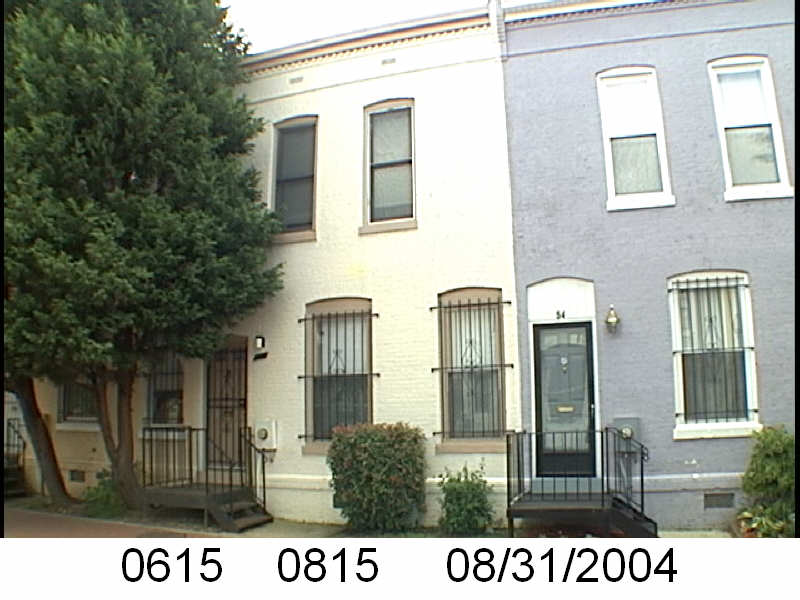
54-58 Bates St NW form a no bay, bay, no bay sandwich before it is nothing but bay windows till 1st St NW.

I’m sure there was a method to the madness.
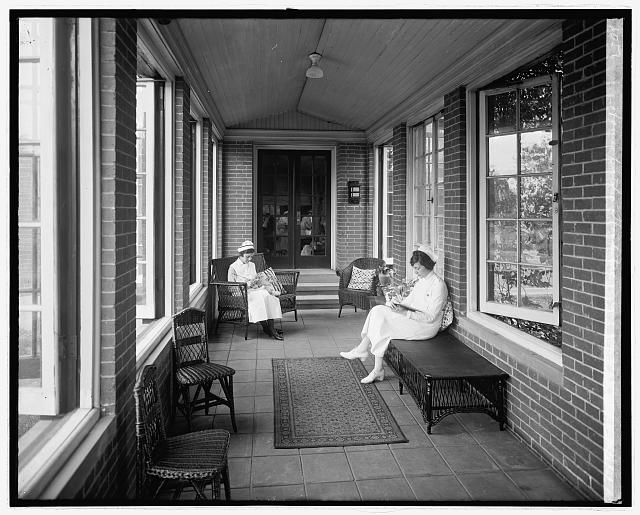

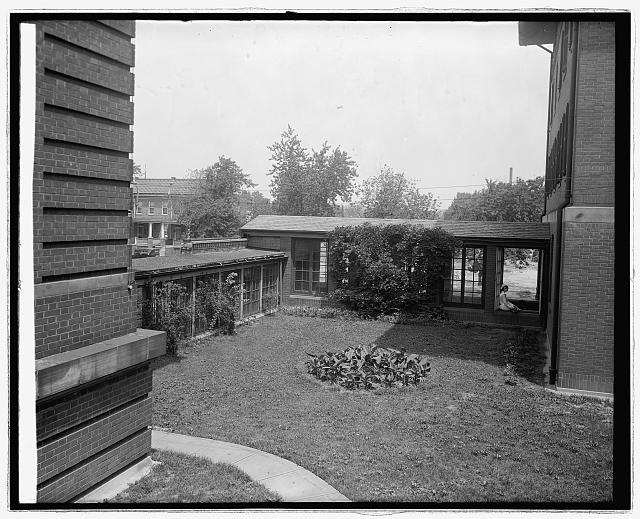

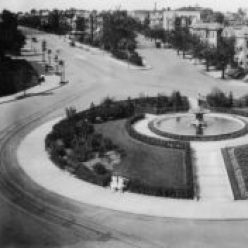
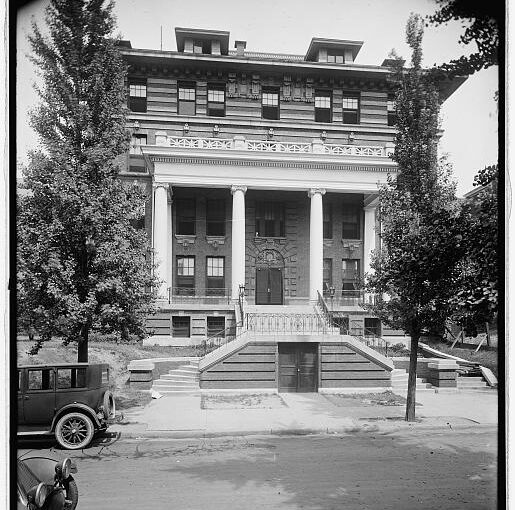

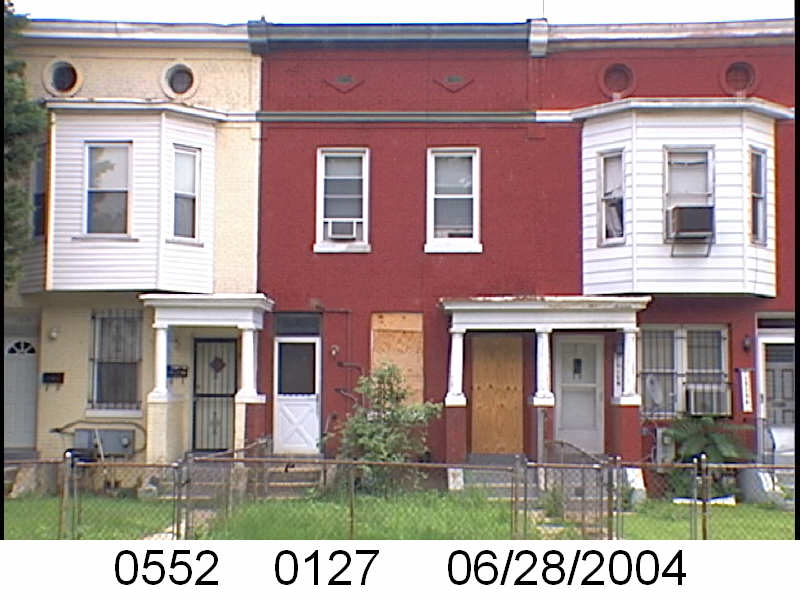
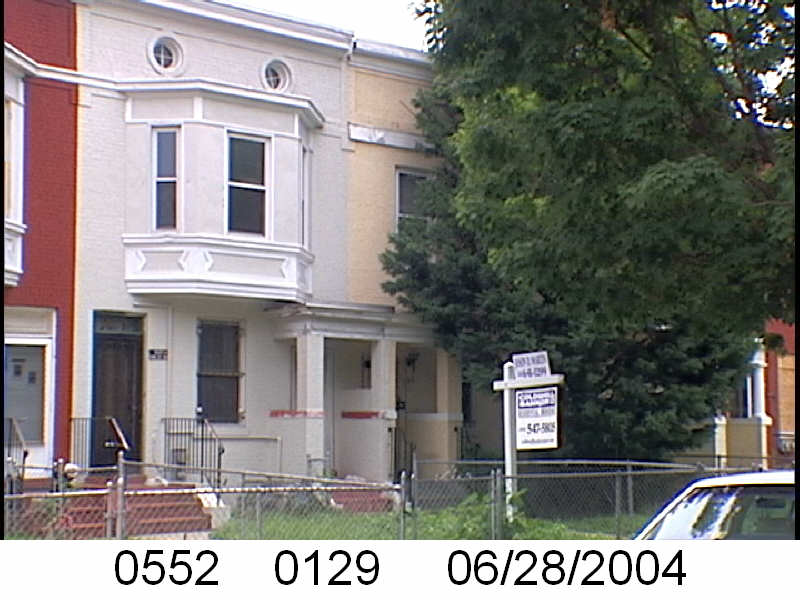
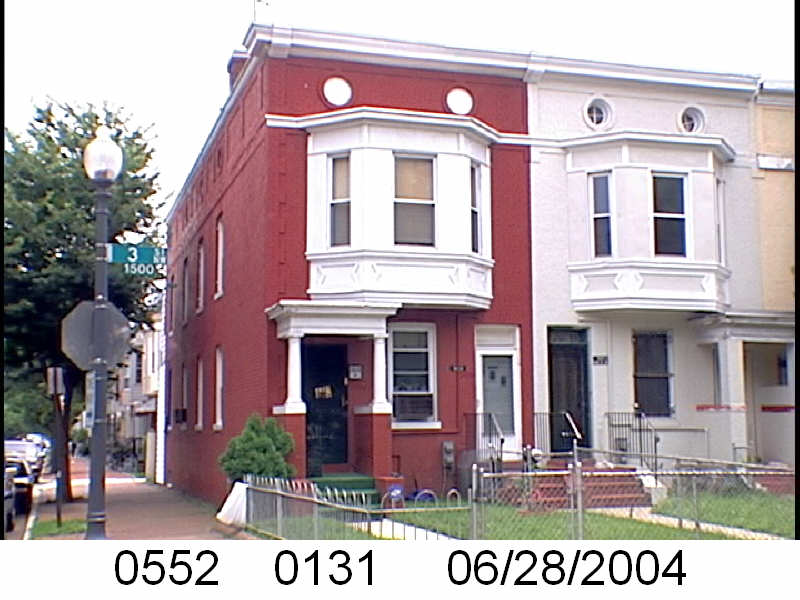
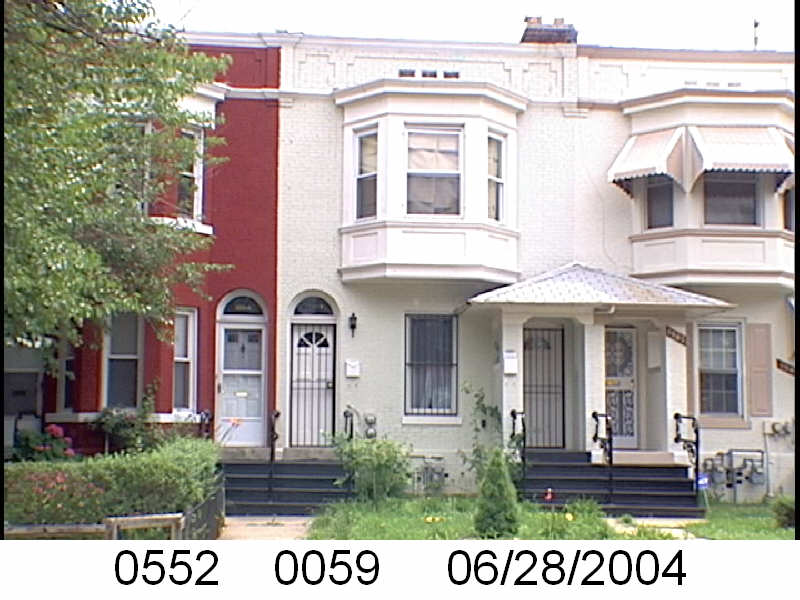

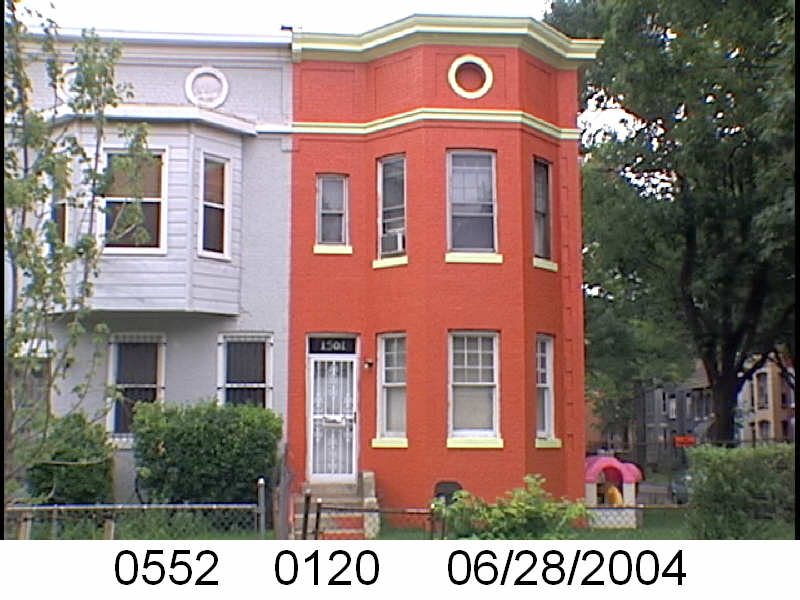
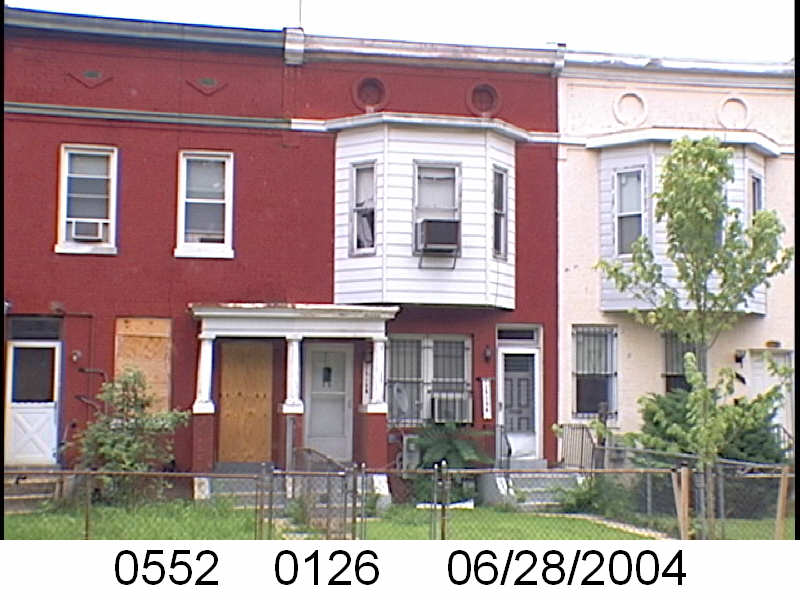
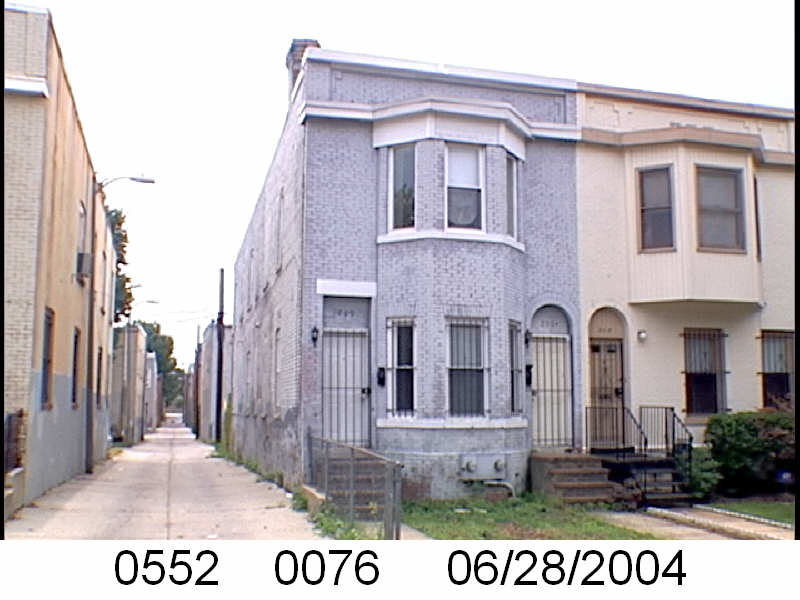
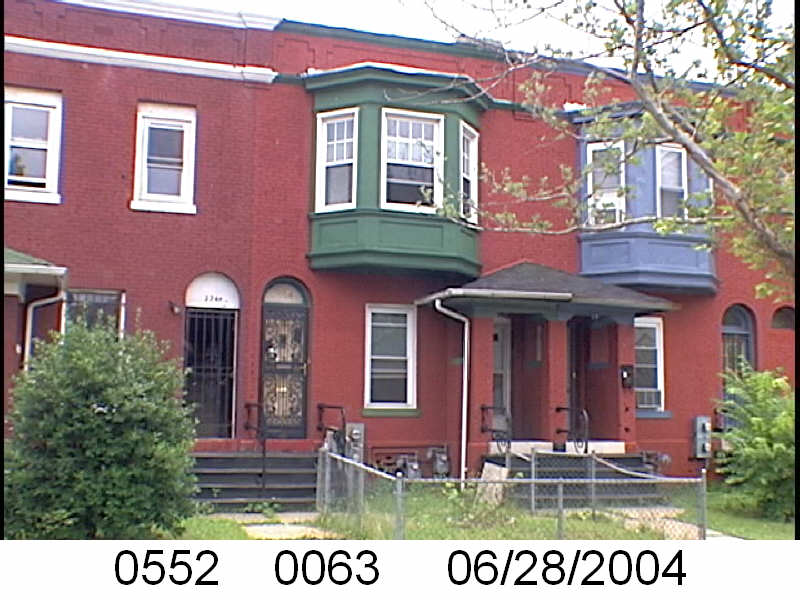
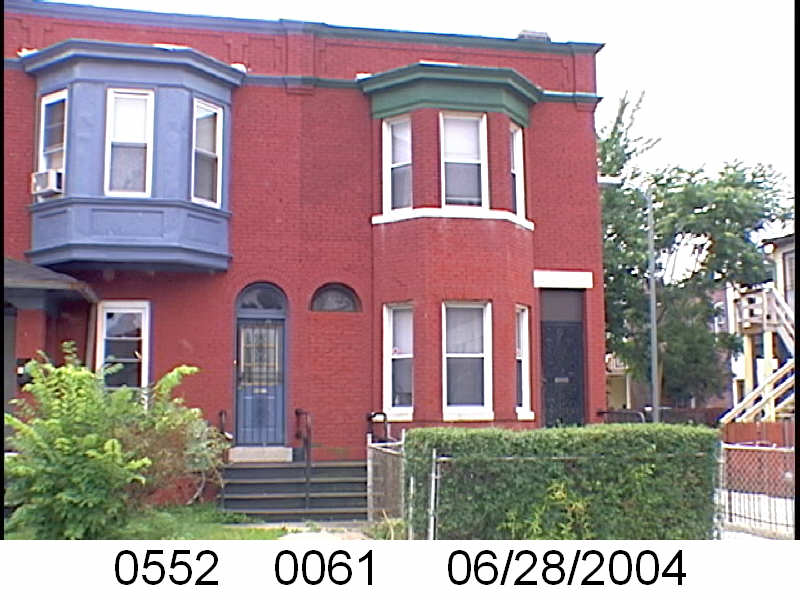
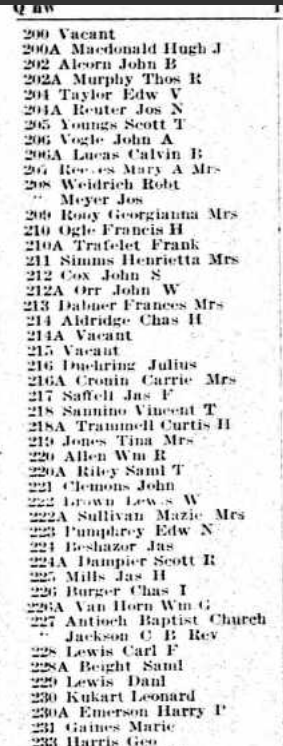
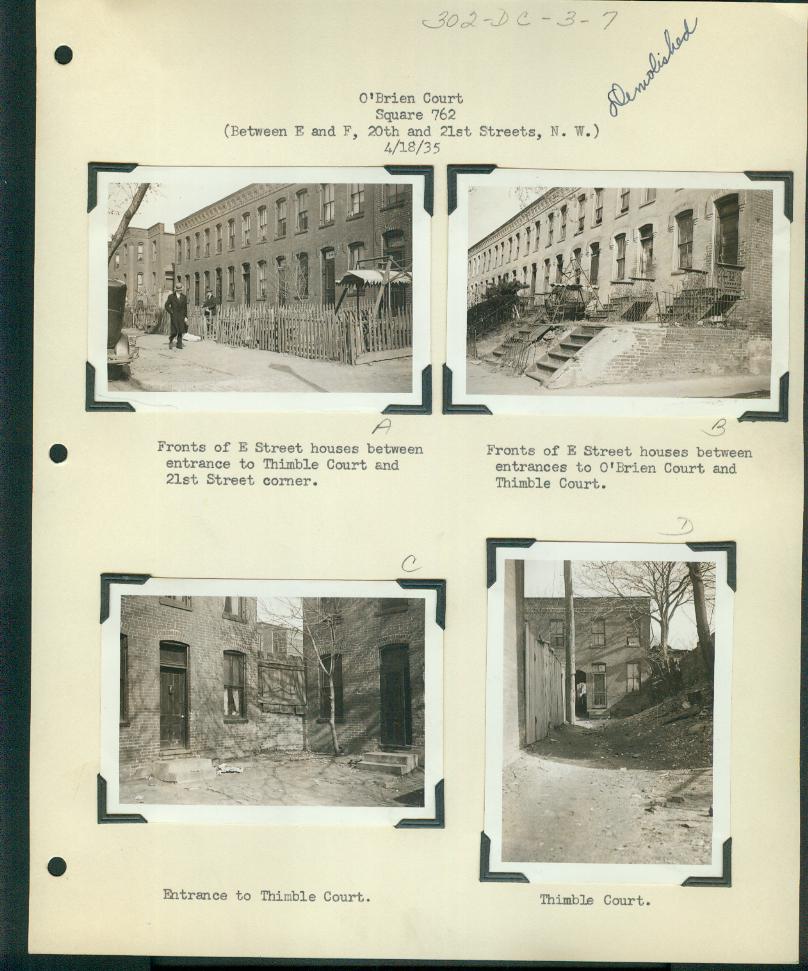







 So let’s first look at lots 134-140. And here is where we find our first problem. The lot numbers changed. Lot 140 would be 31 Bates Street NW. That address is now lot 285. I find a lot number changes. Sometimes the property undergoes some sort of conversion or there is another reason for the lot number change. It doesn’t happen too often but it does happen.
So let’s first look at lots 134-140. And here is where we find our first problem. The lot numbers changed. Lot 140 would be 31 Bates Street NW. That address is now lot 285. I find a lot number changes. Sometimes the property undergoes some sort of conversion or there is another reason for the lot number change. It doesn’t happen too often but it does happen.